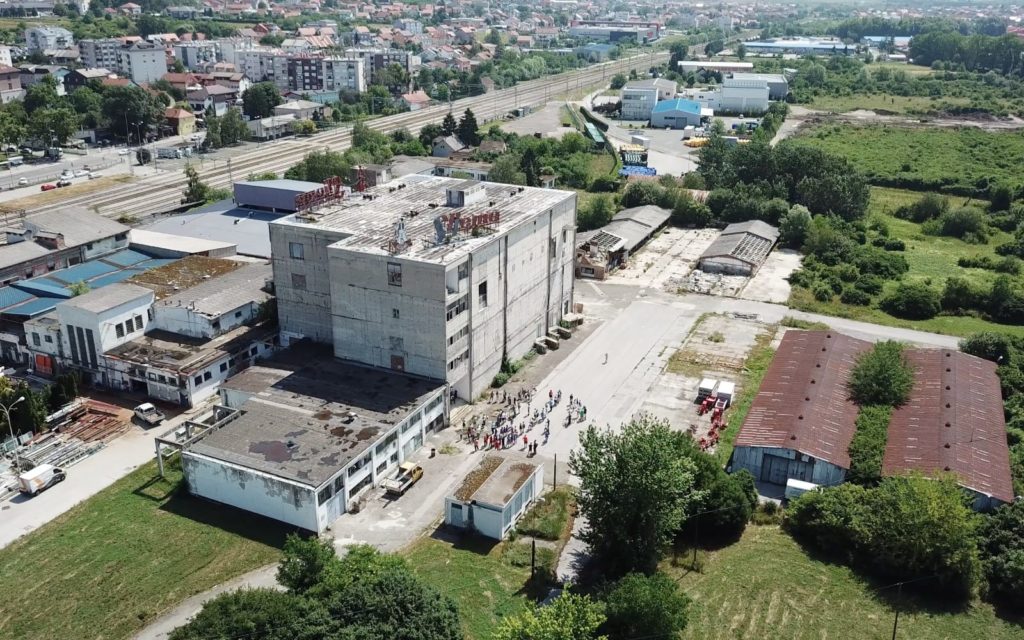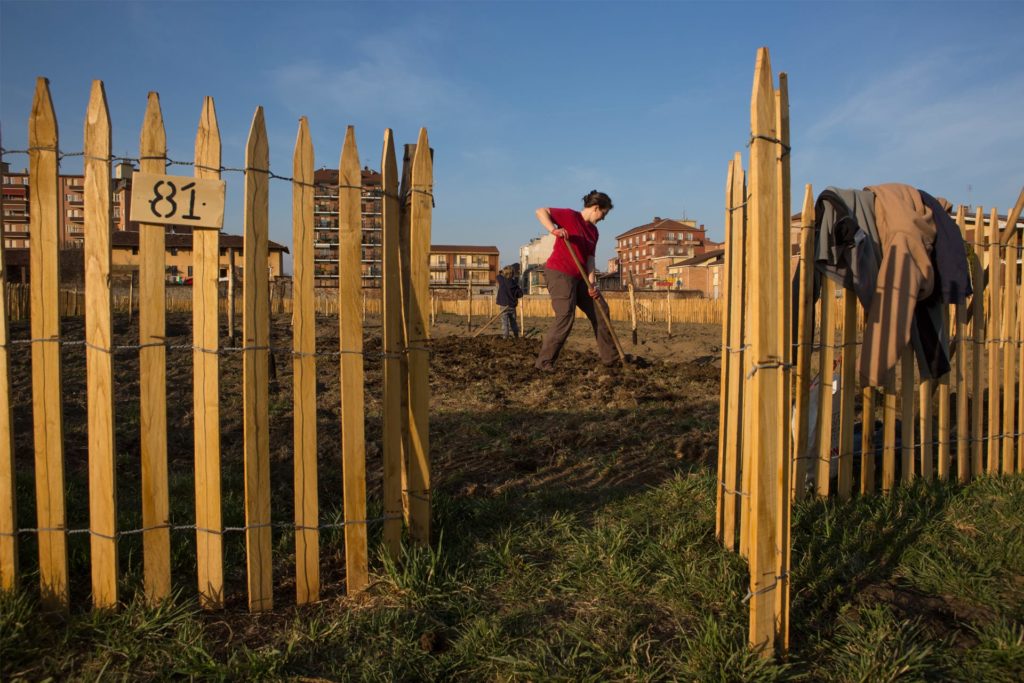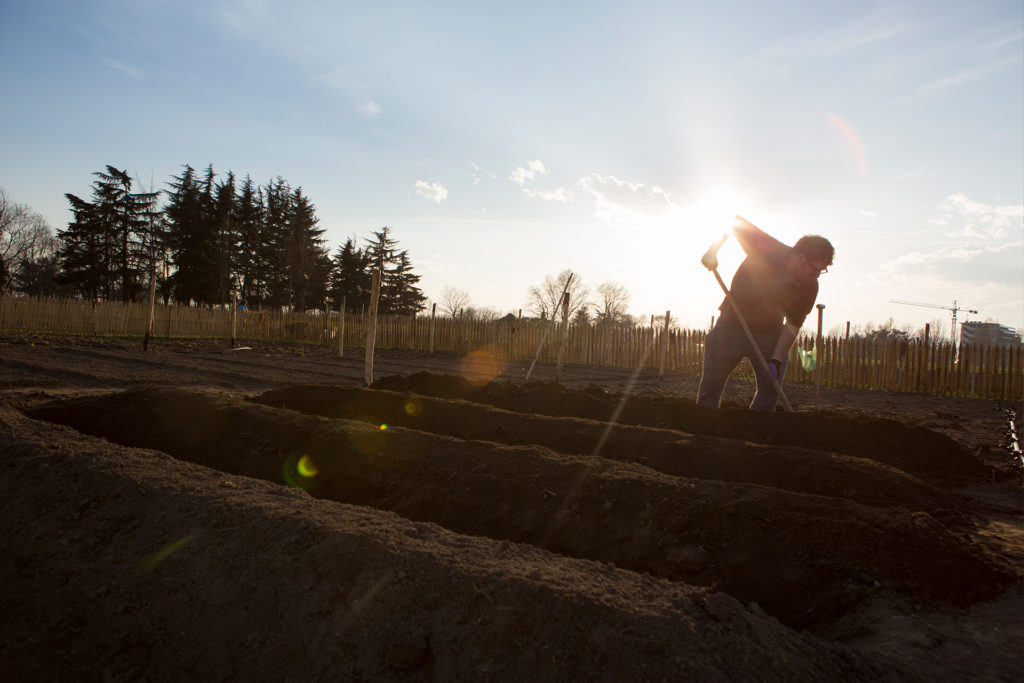Nature-Based Solutions Revitalize Wasted Spaces and Struggling Places
The buzz behind nature-based solutions is not unwarranted. When left to its own devices, nature reclaims abandoned sites, but it is also increasingly harnessed by people to transform destitute sites into green oases. Here’s a closer look at how nature-based solutions are sweeping across Europe.
What are nature-based solutions?
Nature-based solutions are gaining increasing popularity in the European Union. According to the EU, nature-based solutions are “inspired and supported by nature,” which is not only cost-effective but provides resilient environmental, social and economic benefits. By delivering more diverse, natural elements and processes into cities, landscapes and seascapes, through “locally adapted, resource-efficient and systemic interventions,” the EU’s hopes of nature-based solutions are high – and for good reason.
Nature-based solutions ranging from ecosystem restoration to urban farming are increasingly being utilized. The sustainability of these solutions lies in the fact that they are often small in scale, meaning they can be introduced without extensive bureaucracy and show results quickly, while also lending themselves well to replication.
In light of the COVID-19 pandemic, the appreciation of urban green spaces, where inhabitants can find respite and socialize while keeping their distance, has increased, proving the clear need for nature-based solutions now more than ever. With studies indicating that the lack of green public spaces disproportionately affect marginalized groups.
Solutions gaining increasing popularity include aquaponics, pollinator habitats to green roofs. Often misunderstood as mere aesthetic changes, such as adding a green wall to a mall, intricate nature-based solutions are actually addressing complex challenges. When used to revitalize post-industrial and industrial sites and otherwise deprived places – nature-based solutions have the potential to solve a myriad of social and economic challenges, if implemented in an inclusive manner.
It’s only natural
Using nature-based solutions in post-industrial sites is often, well, only natural. Before the buzz around nature-based solutions reached the levels it sees today, features of nature-based solutions were integrated into European regeneration projects in post-industrial areas. These areas often suffer from a loss of identity, decline of social cohesion as well as aesthetic, environmental and economic degradation. By co-creating nature-based solutions, citizens can have a renewed sense of agency and ownership, helping them to reinvent the identity of a place. This is especially crucial in post-industrial settings, often inhabited by marginalized groups. In addition, as post-industrialization is a strong driver for landscape change, it is excellent opportunity for an ecological intervention, redirecting the path towards a more sustainable future.

Turin has the most green spaces for citizens in and has gradually reinvented itself from an automotive-hub harnessing nature-based solutions. These include networks of parks, green cycling lanes, and green corridors along rivers and former-railway lines. A study conducted comparing nature-based solutions in Barcelona and Shanghai found that a major driver behind the introduction of nature-based solutions was the aspiration to become a global or globalizing city. Both cities used nature-based solutions planning to attract global investment. However, this can easily distort the agenda to attracting the affluent, instead of the current inhabitants in areas that are still industrial. The popularity of introducing nature-based solutions in post-industrial sites may lie in the fact that acquiring the permits to cultivate land and to build are easier and cheaper for contaminated soil, with abandoned sites there for the taking. Industrial sites are often neglected, due to the daunting scale of interventions needed. However, when nature-based solutions are paired with a set of socioeconomic goals and planning processes in addition to environmental ones, they have been proven to help improve the living standards of people in industrial settings, such as with the introduction of living dock’s in Green Point, New York.
Fortunately, such holistic nature-based solutions are increasing. The NATURVATION (nature-based urban innovation) project, a European Commission-funded collaboration between 14 institutions across Europe, is integrating social goals into nature-based solutions planning. Specifically focusing on transforming post-industrial and industrial sites, another EU funded project, proGIreg, is using nature for renewal in post-industrial cities, where nature-based solutions are implemented in close collaboration with citizens in ‘Living Labs’. These are constantly evolving testing grounds for these solutions, where locals, associations, non-governmental organisations and the municipality ‘co-create’ to transform the areas. The Living Labs are located in Dortmund, Turin, Zagreb and Ningbo in post-industrial districts. Cascais, Cluj-Napoca, Piraeus and Zenica are closely following the progress of the Living Labs and engage in city-to-city exchange to replicate the nature-based solutions in industrial and post-industrial settings. Together, local citizens, governments, businesses, NGOs and universities are designing the nature-based solutions and making them a reality. For long lasting impact, ProGIreg maintains a database and develops replicable business models, based on a scientific assessment of the concrete benefits nature-based solutions provide for social, ecological and economic regeneration.
Co-creation
Co-creation is the involvement of all relevant stakeholders from the project’s inception to its end (and beyond) to achieve mutually valued outcomes. It is a complex process involving citizens and civil society, government, the private sector, and research and academia in participatory, trans-disciplinary and multi-stakeholder processes for the co-design, co-development, co-implementation and co-evaluation of nature-based solutions.

How does co-creation manifest itself?
Engagement of local people that are benefiting from nature-based solutions is a crucial step to create ownership and longevity of the implemented solutions. Good co-creation approaches will first and foremost take into account disadvantaged groups. Not to be confused with stakeholder engagement, co-creation is an intense process where the agency for, and responsibility of outcomes lies with all stakeholders. In projects such as CLEVER Cities, aimed at fostering urban regeneration in deprived districts of Hamburg, London and Milan, a strong focus on co-creation processes is helping to create a greater sense of community, combat exclusion and inequalities and encourage lasting partnerships with vulnerable groups, including refugees and migrants. The ‘CLEVER Cities guidance on co-creating nature-based solutions’ encompasses steps from the co-design to the co-monitoring and co-development of nature-based solutions, with the stakeholders defining what mutual benefits should be derived from local nature-based interventions. A major benefit of the co-creation approach is that the knowledge lies with the local people who can help spread the message. These approaches are tailored to the social, environmental, economic and cultural contexts they are applied in, which make them hard to monitor, but reporting of best practices is helpful to inform policies and support replication elsewhere. To this end, the proGireg project has published ‘Guidelines for co-designing and co-implementing green infrastructure in urban regeneration processes’. To help spread best nature-based solutions practices even further one of the latest EU funded ventures in the field is NetworkNature, a service to help gather the nature-based solutions community together and build the capacity to help them synergize efforts and mainstream them.

Nature-based solutions are increasingly accepted as an effective measure for climate change mitigation and enhancing social integration, due to the demonstrable benefits created within multilateral projects such as the ones mentioned above. Nevertheless, to ensure that they support everyone, they need to be co-created with local stakeholders, with the starting point always being the needs and capacity of the local community.